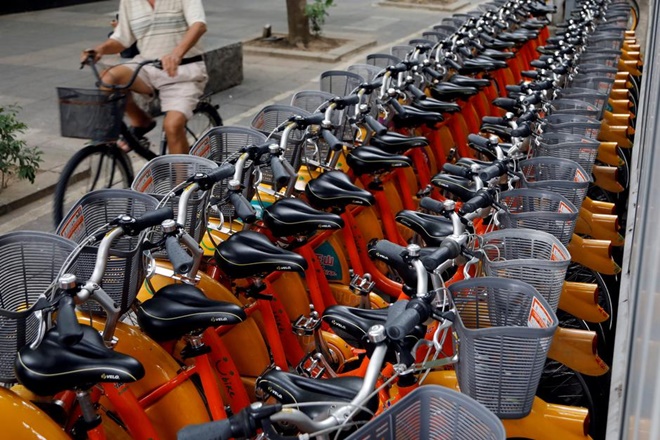Stressing on the presence of low-cost payment solutions available in India such as NACH, NEFT, UPI etc, the Reserve Bank of India on Saturday indicated the scope of expanding these solutions to other countries. In its note on ‘Oversight Framework for Financial Market Infrastructures and Retail Payment Systems’, the central bank said, “many countries have expressed interest in partnering in this growth and replicating our products based on their country-specific requirements.” While currently there are no payment system operators authorized by RBI to provide such services outside India, the bank said that “specific interests/requests” are being received for setting up cheque truncation system (CTS), NEFT, UPI, messaging solutions, etc. India already has in place cross-country cooperation with Bhutan “with our CTS, NACH and NEFT operational there as well. NEFT is available for one-way transfers from India to Nepal,” RBI said.
Even as RBI underscored the efforts underway to boost the usage and coverage of Rupay card scheme and UPI to enhance their brand value internationally, the central bank also cautioned about the possible ‘high’ risks associated with some of these solutions. “The participants in a domestic system might become dependent on the funds they are to receive in an offshore system to fund their domestic debt position, leading to possible liquidity risk issues,” RBI said. This could also be due to different time zones and lacking nature of “suitable depth in the currency markets” of such countries, particularly during the financial distress. During such scenarios, RBI said that constant cooperation with the concerned central banks and other regulatory authorities would be required.
RBI said according to its study conducted to check the progress of digitization from cash to electronic, while cash mode of payment is still important but it is increasingly seen as a way to store value, more than to make payments. India’s growing use of retail digital payments, along with the radical reconstruction of its cash economy, indicates a shift in the relationship with cash. This is evidenced by the steep growth observed in the retail digital payments,” it said.
The study noted that while currency in circulation (CIC) in India went up by 10.2 per cent CAGR over the past 5 years, the CIC to GDP declined to 11.2 per cent in 2018-19 from 11.6 per cent in 2014-15. Moreover, withdrawals from ATMs also grew during this period. Nonetheless, the percentage of cash withdrawals to GDP was constant at around 17 per cent. On the other hand, digital payments saw CAGR of 61 per cent and 19 per cent in terms of volume and value, respectively, the value of digital payments to GDP also went up to 862 per cent in 2018-19 from 660 per cent in 2014-15. Lastly, ATM deployment increased at a low pace of 4 per cent CAGR while PoS terminals grew at high pace of 35 per cent CAGR.
Get live Stock Prices from BSE, NSE, US Market and latest NAV, portfolio of Mutual Funds, calculate your tax by Income Tax Calculator, know market’s Top Gainers, Top Losers & Best Equity Funds. Like us on Facebook and follow us on Twitter.
![]() Financial Express is now on Telegram. Click here to join our channel and stay updated with the latest Biz news and updates.
Financial Express is now on Telegram. Click here to join our channel and stay updated with the latest Biz news and updates.
